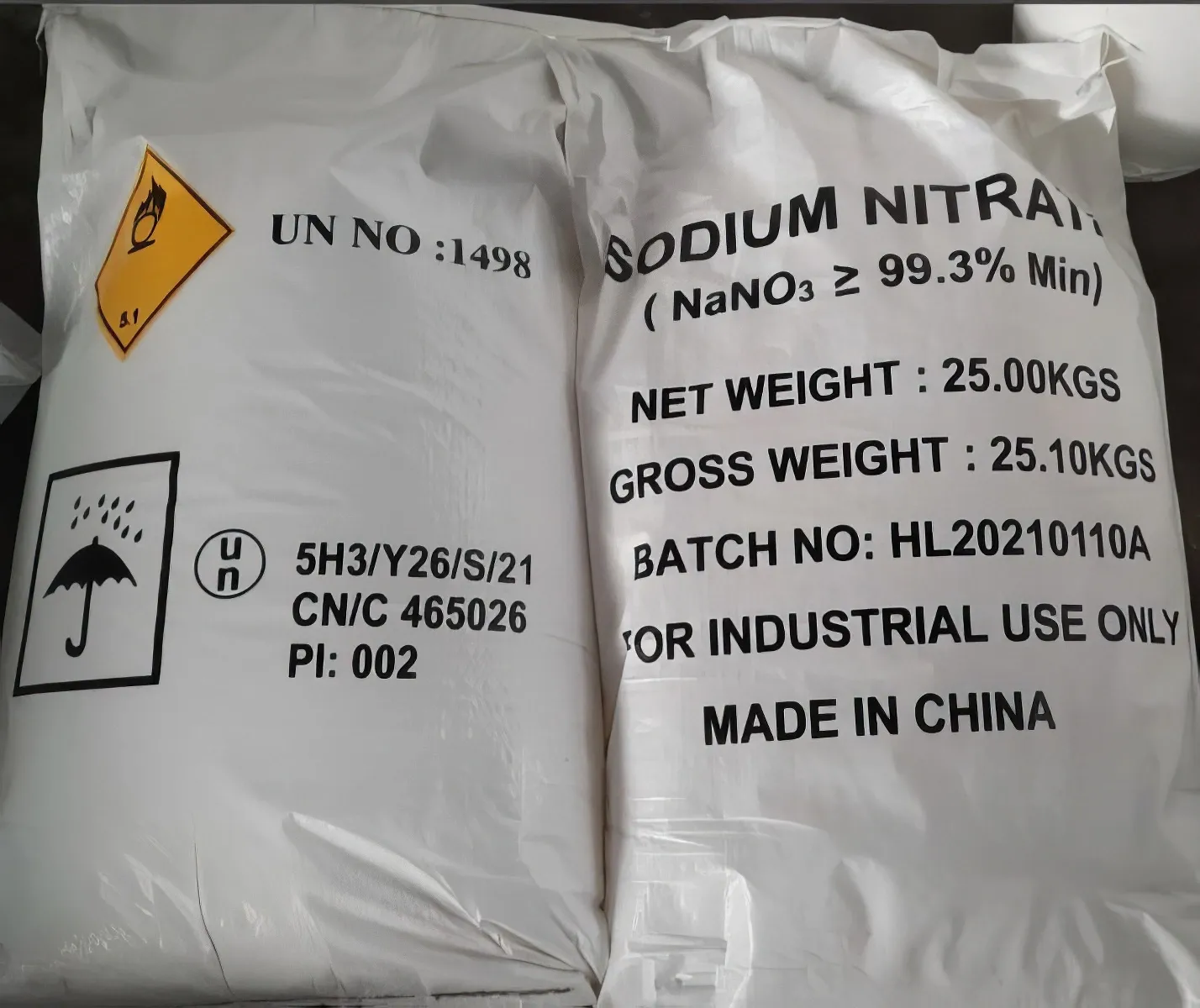



Sodium Sulfide Applications and Properties in Industry and Chemistry
The Role of Sodium Sulfide in Various Applications
Sodium sulfide (Na2S) is a powerful chemical compound that has garnered significant attention in various industrial applications due to its unique properties. Known for its high reactivity and solubility in water, sodium sulfide is often used as a reducing agent, a precursor for synthesizing other chemicals, and in diverse fields such as mining, leather processing, and wastewater treatment.
Chemical Properties
Sodium sulfide appears as a white to yellow solid or as a colorless solution. It has a distinctive unpleasant odor resembling that of rotten eggs, which is attributed to the release of hydrogen sulfide (H2S) when it interacts with moisture. Na2S is highly soluble in water and forms a strongly alkaline solution. This chemical compound is hygroscopic, meaning it absorbs moisture from the atmosphere, which allows it to sustain its reactive nature.
Industrial Applications
One of the primary uses of sodium sulfide is in the mining industry, particularly in the extraction of metals, such as copper and zinc. In hydrometallurgy, sodium sulfide acts as a depressant in flotation processes, enabling the separation of valuable minerals from ore. By selectively separating sulfide minerals, it helps improve the efficiency of metal recovery, ultimately leading to higher yields in metal production.
Moreover, sodium sulfide is widely employed in leather processing. It is utilized in the dehairing and soaking stages of hide processing, where its reducing properties help remove hair and other proteins from animal skins. This treatment enhances the quality of leather while maintaining the integrity of the hide. The leather industry relies on sodium sulfide to produce softer, more pliable leather that meets consumer standards.
sulfide sodium

Environmental Implications
While sodium sulfide has several important applications, its use also raises environmental concerns. The release of hydrogen sulfide, a toxic and highly odorous gas, can pose risks to human health and the environment if not managed properly. In the leather industry, for example, waste sodium sulfide must be treated before disposal to prevent contamination of water sources. Many industries are now adopting more sustainable practices, recycling sodium sulfide, or utilizing alternative chemicals that are less harmful to the environment.
Wastewater treatment is another area where sodium sulfide plays a critical role. It is used to precipitate heavy metals from effluents, effectively reducing the toxicity of wastewater before it is discharged into water bodies. This application not only aids in compliance with environmental regulations but also minimizes the ecological impact of industrial activities.
Synthesis of Other Chemicals
In addition to its applications in mining and leather processing, sodium sulfide serves as an essential starting material for the synthesis of other chemical compounds. For instance, it is used in the production of sodium thiosulfate, a compound commonly employed in photography and as a dechlorinating agent in swimming pools. Furthermore, sodium sulfide is pivotal in the manufacture of various pharmaceuticals and fine chemicals, highlighting its versatility in organic synthesis.
Conclusion
Sodium sulfide is a multifaceted compound with wide-ranging applications across different industries, including mining, leather processing, and wastewater treatment. Despite the environmental challenges associated with its usage, ongoing research and development aim to enhance its safe application and promote sustainable practices. As industries continue to evolve, the importance of sodium sulfide in modern chemical processes remains significant, ensuring its relevance in various scientific and industrial domains. The future may also see innovations that reduce its environmental footprint while maximizing its utility, making sodium sulfide a key player in both current and emerging technologies.
-
Why Sodium Persulfate Is Everywhere NowNewsJul.07,2025
-
Why Polyacrylamide Is in High DemandNewsJul.07,2025
-
Understanding Paint Chemicals and Their ApplicationsNewsJul.07,2025
-
Smart Use Of Mining ChemicalsNewsJul.07,2025
-
Practical Uses of Potassium MonopersulfateNewsJul.07,2025
-
Agrochemicals In Real FarmingNewsJul.07,2025
-
Sodium Chlorite Hot UsesNewsJul.01,2025










